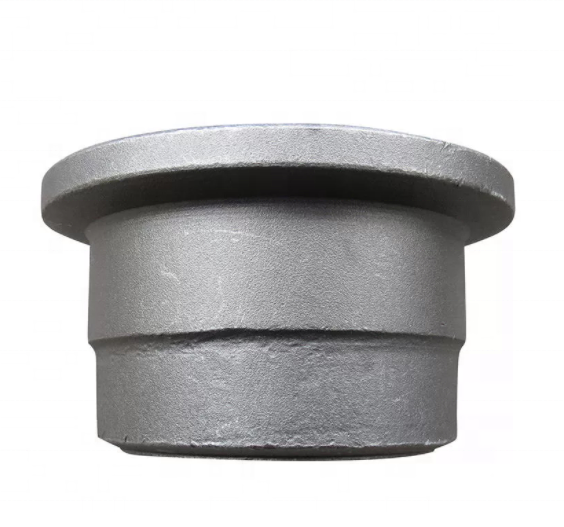In recent years, the evolving market structure in China's heavy truck industry has significantly enhanced the influence and competitive advantages of multinational corporations and their local partners. Traditional state-owned enterprises like FAW Jiefang and Dongfeng Commercial Vehicles are struggling with declining market shares due to outdated product lines and lagging technological development. FAW, once a dominant player, has seen its market share drop by more than half over the past few years.
On the other hand, companies such as CNHTC (China National Heavy Duty Truck Group) and Shaanxi Automobile have emerged as strong contenders, largely thanks to strategic collaborations with foreign automakers. Their market shares have surged dramatically—CNHTC’s increased by 40% and Shaanxi Automobile’s by 70% in the first half of 2006 compared to the same period the previous year.
Industry experts believe that the 2006 market shift has favored multinational players. Joint ventures and partnerships with foreign firms have proven to be key drivers of success in this highly competitive sector. For instance, Shaanxi Automobile, which had previously struggled, experienced a remarkable turnaround after partnering with German company MAN and U.S. firm Cummins. These collaborations brought advanced technology, improved manufacturing processes, and valuable brand management insights, enabling the company to grow rapidly and capture nearly 10% of the domestic market.
Similarly, CNHTC has benefited from partnerships, including a joint venture with Volvo, which helped it launch the Hao Hao series of heavy trucks. However, these successes come with challenges. Many consumers are drawn to products from these companies because of their foreign technological backing, highlighting the growing importance of international credibility in the Chinese market.
Meanwhile, traditional heavy truck manufacturers are facing significant difficulties. The demand for high-tonnage, high-tech vehicles is rising, and domestic companies are finding it hard to keep up. FAW Jiefang, once the market leader, has seen sales decline sharply, with a reported 30% drop in the first half of 2006. Sales representatives at FAW Jiefang have even admitted to seeking orders from other companies just to survive.
As the industry continues to evolve, cooperation with multinational corporations appears to be the path forward. Companies like Dongfeng Commercial Vehicles are accelerating their efforts to partner with global players, while others, such as Chongqing Hongyan, are entering into major joint ventures with companies like Iveco. These partnerships aim to address long-standing issues such as limited product diversity and financial constraints.
Looking ahead, the heavy truck industry in China is expected to undergo significant transformation. With increasing collaboration between local and foreign firms, the landscape is shifting rapidly, and those who adapt will likely lead the next phase of growth.
Construction Scaffolding Parts
construction scaffolding parts,steel scaffolding parts,scaffolding spare parts,aluminium scaffolding system parts,scaffolding parts for sale,parts for scaffolding
Base jacks are usually made out of steel and are adjustable to various lengths. The adjustments are made based on the amount of weight it needs to bear. They can also be made in a variety of configurations, such as swivels that adjust to sloped ground.
For scaffolds that are built off other structures like steel beams, base plates can be replaced with shoring heads (U-heads, for example).

Construction Scaffolding Parts,Scaffolding Components,Basic Components Used in Scaffolding,Fundamental Parts of a Scaffold
NINGBO CITY YINZHOU RUICAN MACHINERY CO.,LTD , https://www.china-sandcasting.com
